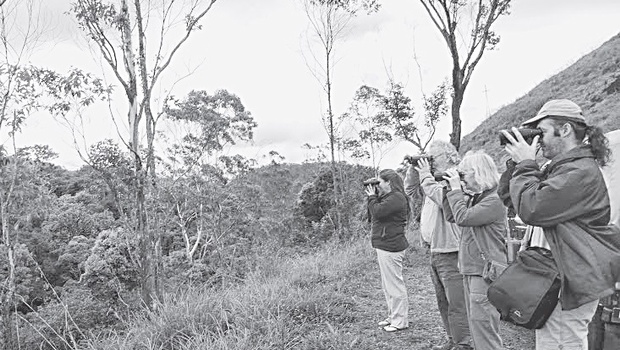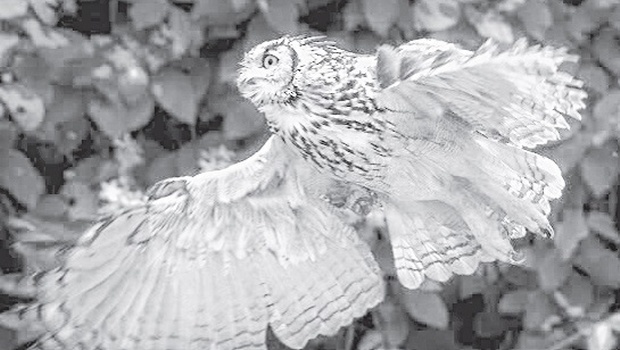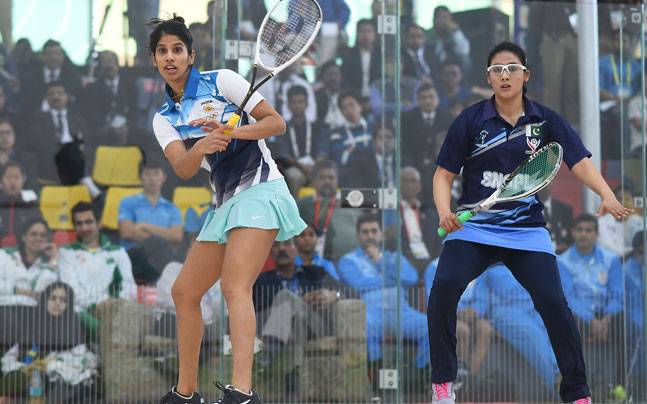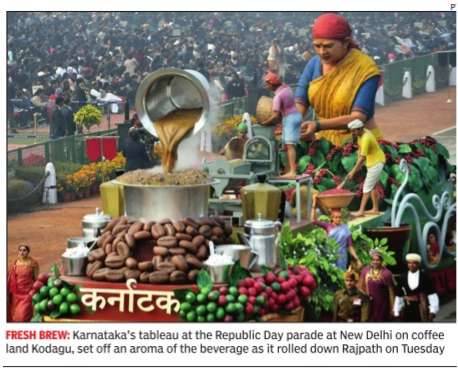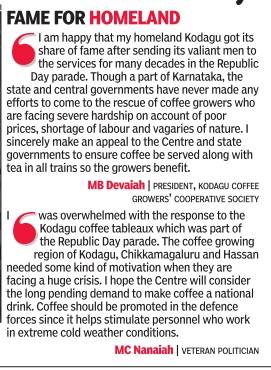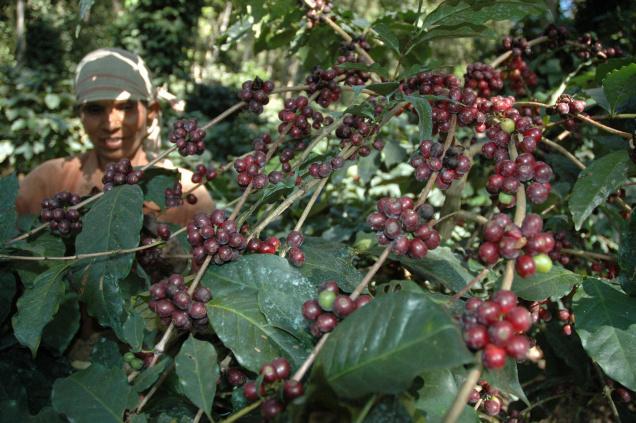
Coffee plantation owners keen to use drones to assess crop health
Mumbai:
Enabled by unmanned aerial vehicles (UAVs), drones are leading agricultural data collection and facilitating precision analysis in agriculture globally, helping to improve crop yield.
Though the use of drones by civilians is as yet restricted in India, speakers at a recent coffee seminar urged the government to allow these hi-tech machines to help detect the health of the crop.
Apart from their military use, millions of farmers across the country could use drones and the new emerging technology to boost production and efficiency in their farms.
“We are on the cusp of a new era of farming, where precision agriculture practices can offer a new approach to crop management. We now have a technique that wrings out waste and uses data to maximise crop yields and profits. UAV technology is reshaping farming,” said Jaisimha Rao, coffee plantation owner and entrepreneur.
Game changer
Passionate about technology and agriculture, Rao noticed the lack of data-driven decision making while working on his family’s coffee plantation. He decided to combine the versatility of UAVs and computers, and ensure algorithms to analyse crops. Aiming to bridge the gap, Rao, who holds a Bachelors degree in Electrical and Computer Engineering from the Carnegie Mellon University, founded TartanSense. The company uses UAVs to capture and analyse aerial imagery.
Blanket restrictions
“Flying drones and gathering data is a game changer for agriculture, and especially for large plantations like coffee. How we can use this technology in India is the moot point, since the Directorate General of Civil Aviation (DGCA) has restricted the use of drones,” he said.
Pointing out that the “blanket restriction by the DGCA to operate drones would kill the enthusiasm of start-ups” such as his, Rao said his drones had worked in Indonesia, Japan as well as in the US, with drones costing upwards of $100,000.
Speaking about the new technology, Sanjiv Sarin, Managing Director and CEO, Tata Coffee, who was moderating the talk, said, “We are entering the future of the coffee industry. The Coffee Board can work for government clearances to use drones in agriculture.”
Though coffee is shade-grown among silver oak trees, Rao said, “drones will soon be able to look at a tree and avoid it. Over the next 6-12 months, we are going to have an UAV that can fly under the canopy, measure each and every coffee bush and get data for the planter. Canopy penetration will be the true essence of precision farming.”
Big data
Agricultural drones are UAVs used for precision agriculture, which is a modern method of farming globally that uses big data, aerial imagery and other means to optimise efficiency.
The drone collects the crop’s image and makes a colour coded map based on its health, which is then assessed by the UAV firm.
Drones are helping assess the exact nature and area of crop damage during natural calamities, and are helping save huge amounts.
Stating that a lot of people are fascinated by drones, Rao said the real value add “is not the hardware, which is about how to fly them and get the data, but to analyse it and benefit the farmer.”
Detailing the functioning of the UAV, Rao said, “Our drone flies for about 20 minutes, and then the battery is dead. It can survey about 150 acres. We send the images up to the cloud, and can then stitch the data into a nice map. Once you get the image and sensor data in a map, one can get an actionable report and help the farmer. This is where the real skill lies.”
source: http://www.thehindubusinessline.com / Business Line / Home> Economy> Agri Business / by Amrita Nair-Ghasalla / Mumbai – February 05th, 2016

